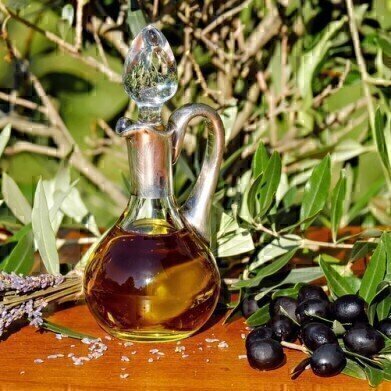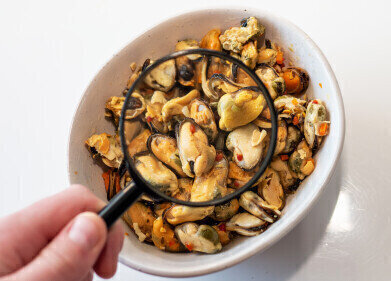GC-MS
Is There a Simpler Way to Test Olive Oil's Health Claims?
Mar 21 2017
For many years, it was the fat in our diets that was considered the biggest problem in maintaining a healthy weight and cholesterol level. Advice now suggests that sugar is the biggest culprit — but even so, it is wise to monitor the fat in our diet as not all fats are considered equal in the eyes of nutritionists.
Even during the war on fat, one fat that most people agreed was healthy was olive oil — particularly extra virgin olive oil. Long a part of the Mediterranean diet, EV olive oil has been a staple in the diets of some of the world’s healthiest people.
Health claims regulated by EC
In fact, the health benefits associated with the oil are enshrined in European regulations — Regulation EC 1924/2006 concerns the use of health benefits on the labelling of foods and is administered by the European Food Safety Authority (EFSA). The healthy parts of olive oil are the polyphenols — natural or synthetic chemicals containing many phenol structures.
The EFSA approved health claim for olive oil polyphenols states:
Olive oil polyphenols contribute to the protection of blood lipids from oxidative stress. The claim may be used only for olive oil, containing at least 5 mg of hydroxytyrosol and its derivatives (e.g. oleuropein complex and tyrosol) per 20 g of olive oil. In order to bear the claim information shall be given to the consumer that the beneficial effect is obtained with a daily intake of 20 g of olive oil.
Chromatography may be ousted
So, the oil must meet the requirement to contain 5 mg of hydroxytyrosol or its derivatives to carry a label stating health benefits. But, the test to show that the oil meets the requirements is expensive and difficult to access. The current method for checking the authenticity of olive oils relies on chromatographic techniques — with high performance liquid chromatography with a UV detector or mass spectrometry. The use of chromatography to analyse fat in food is discussed in the article, Healthy Fat in Chips and Sausages? A new Method for Extraction, Digestion and Analysis of Fat in Food Samples.
But under a European initiative known as OLEUM, scientists are looking for a simpler method to check that the oil contains all it should to be classed as healthy. And it seems that some scientists from the Universities of Bologna and Vigo may have come up with a method using a cheap and simple colorimetric assay using a reagent known as Folin-Ciocalteu.
The team have shown that the assay they have devised produces comparable results with HPLC-UV and the next step is to expand the number of samples tested. So soon chromatography could be taking more of a back seat as colorimetry tests our olive oil for hydroxytyrosol.
Digital Edition
Chromatography Today - Buyers' Guide 2022
October 2023
In This Edition Modern & Practical Applications - Accelerating ADC Development with Mass Spectrometry - Implementing High-Resolution Ion Mobility into Peptide Mapping Workflows Chromatogr...
View all digital editions
Events
Apr 23 2024 Kintex, South Korea
Apr 23 2024 Seoul, South Korea
Apr 28 2024 Montreal, Quebec, Canada
May 05 2024 Seville, Spain
May 15 2024 Birmingham, UK














